Varieties and uses of film for printing on laser printers
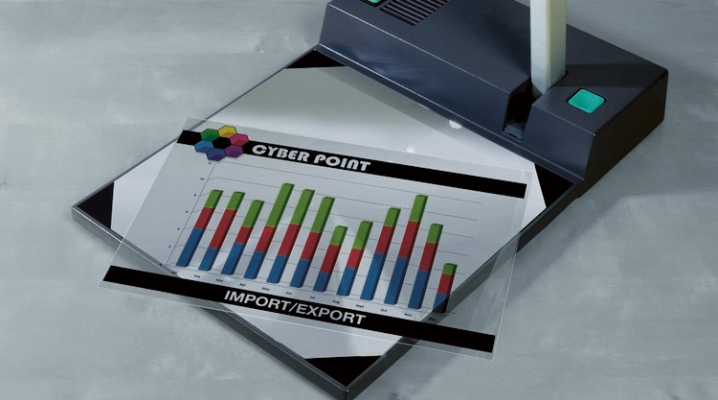
In the modern world, not only plain paper is used for printing, but also other various (and sometimes the most unusual) materials. One of these is film. Today in our article we will look at the features and types of film for printing on a laser printer.
Peculiarities
Film for printing on a laser printer has been used relatively recently.... On the one hand, this is a rather expensive material that is not available to everyone. On the other hand, it opens up new and almost unlimited possibilities for users.
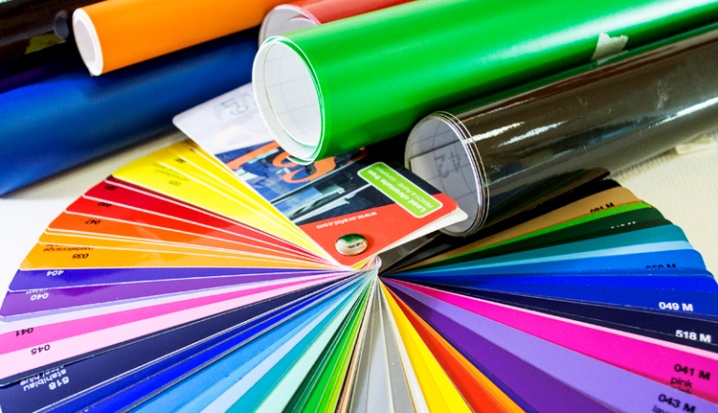
Due to the fact that the film is used for a variety of purposes, there is a large a variety of types of such material.
The main distinguishing feature of the film - this is the presence of a special adhesive layer, which, by its physical characteristics, is permanent and heat-resistant (however, there are varieties of film without such a layer). The film can be used for both colorand for black and white printing (it all depends on your needs and preferences).
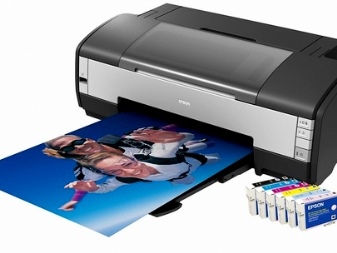
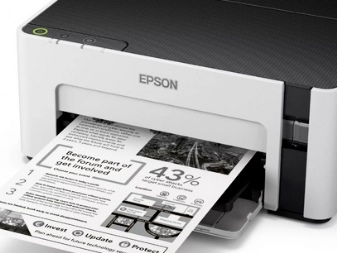
The surface of the film provides the highest quality printing: contrasting and clear. In addition, colors and shades are well reproduced - color and black-and-white images are distinguished by a high level of realism. Most types of film are waterproof and lightfast - this means that the paints will maintain their high quality for a long period, not succumbing to the influence of negative environmental conditions.
Views
Due to the growing popularity of printer films, manufacturers are inventing more and more new types of materials.
First of all, the film is divided into categories depending on what raw material it was made from. Based on this characteristic, the following types of films are distinguished:
- polyester;
- vinyl;
- polyvinyl chloride;
- polyurethane and others.
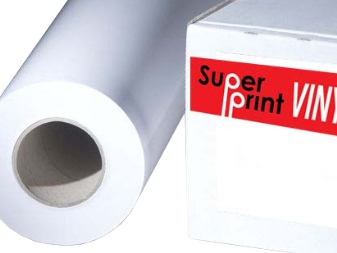
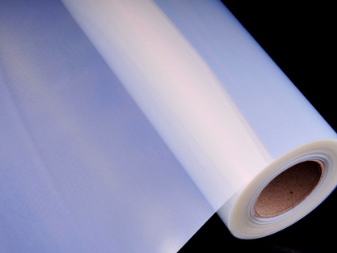
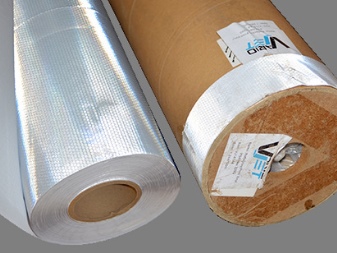

Another classification is based on material properties. Let's list the most common:
- one- and two-sided (the second option is especially important to use if your printer has the appropriate two-sided printing capability);
- matte and glossy (the choice of one or another option depends on which image you plan to subsequently apply to the material, and for what purposes the film will be used);
- transparent, opaque and translucent (you should be guided by your personal preference, as well as the purpose of the material);
- white and color (if you want to create the most contrasting image, then it is better to choose the first option, however, in some cases, color film is also needed);
- self-adhesive and non-adhesive (the first option is more modern and in many cases preferable);
- waterproof and without resistance to water (the choice of one or the other option depends on the conditions in which you will use the material - for the street you need to choose a waterproof film, and the standard version is also suitable for the room);
- siliconized and with other types of special coatings (this indicator affects how long the material will last);
- thermal transfer and for printing at normal temperatures (the choice depends on the individual characteristics of your printer).

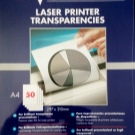
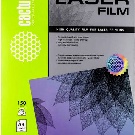
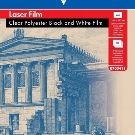

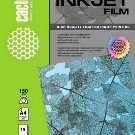
In addition, the film varies in size: there are standard options for A4 and other types (for example, A2, A3, other parameters).
In general, when choosing a film, you should rely on two main factors: scope and personal preference.
Due to the wide variety of material types, each user will be able to choose a variety that will meet his individual requirements.
Applications
Printer film is used for a variety of purposes, in a wide variety of areas and areas of human activity:
- making slides (in this case, a two-layer material is most often used);

- printing of advertising materials (this applies to both outdoor and indoor advertising);
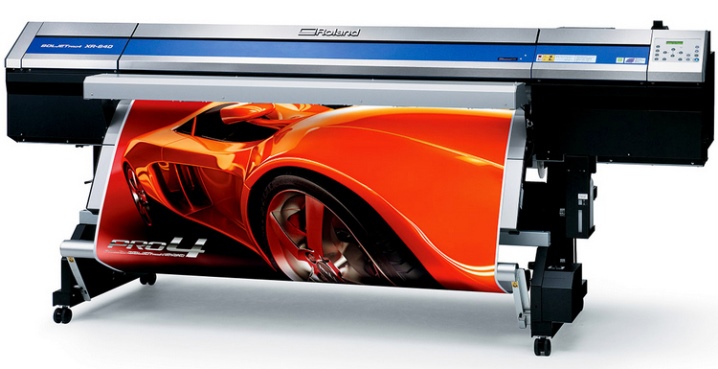
- for transferring pictures to dishes, fabric or any other surface (this technique is often used by manufacturers of souvenir products);
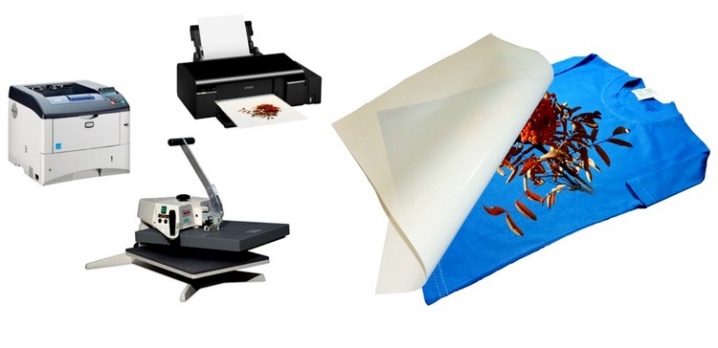
- decor and window dressing;
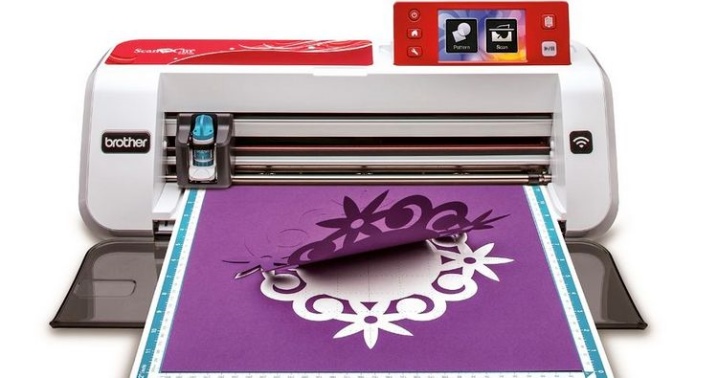
- production of posters, billboards, signs;
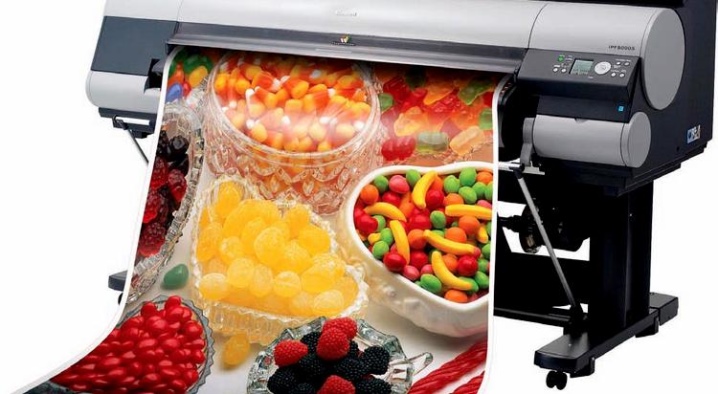
- the release of stickers, labels, stickers (in this case, a material with a special adhesive coating is usually used, which contributes to high-quality color transfer);
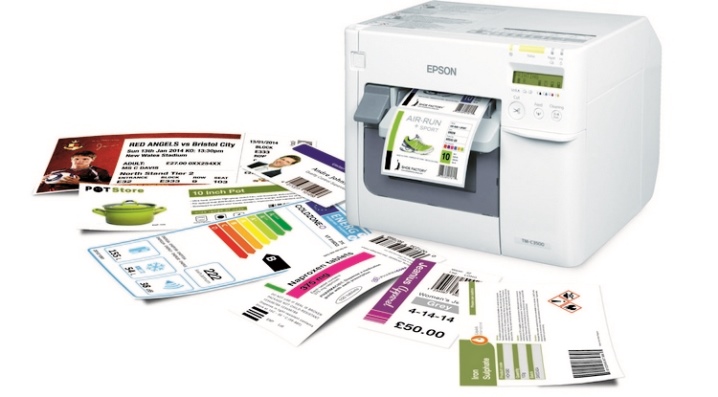
- transfer of temporary tattoos for the body.
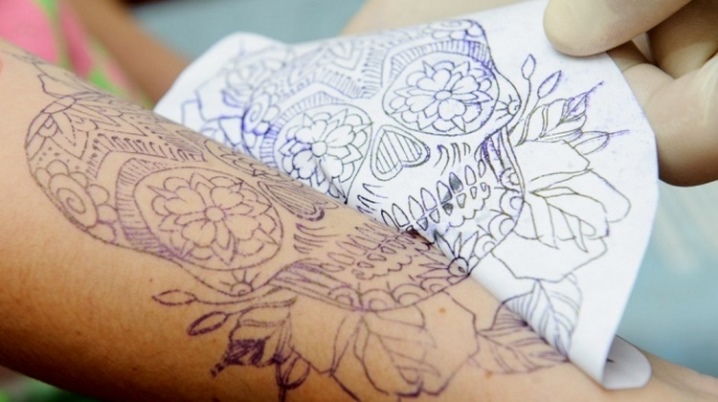
However, this list is not closed or exhaustive. Film for printers is finding increasing use. Depending on your desires, you can also use the material for any other purpose that suits you - do not be afraid to show your creativity and creativity.
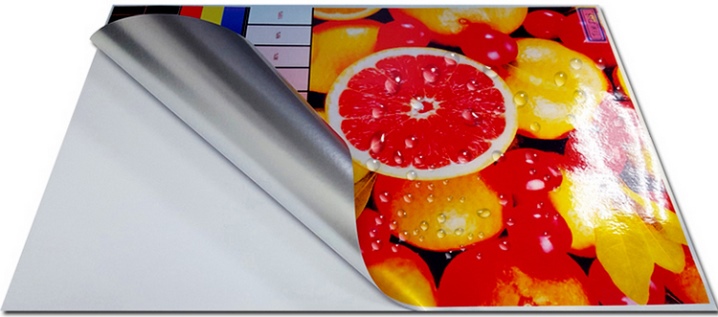
Useful Tips
In order for the use of modern material to bring the desired result for you, follow the simple but effective advice of specialists.
- If you are printing a picture on thermal transfer film and using a laser printer, then you should do some preparatory steps. So, first, transfer the image you need to sublimation paper, and only after that - onto film.
- If thermal transfer film is used in combination with an inkjet printer, preparatory steps can be avoided. The use of water-based ink is recommended.
- If you wish, you can use this material more than once, but as a reusable one. To do this, the printed image can be wiped off with a specially designed paint thinner.
- If you want to create a lamination effect, you can print on two sheets of film at the same time.
- If your printer cannot read transparencies, you can draw a small black line on the edge (for example, using a marker). Some manufacturers produce paper with a special white square that can be removed after the printing process is complete.

If you follow all the expert advice presented, you will get the desired result.
Wherein it is important to carefully read all the instructions that are written on the packaging of the paperto avoid negative situations.
For more information on how a laser printer works, see the video below.













The comment was sent successfully.